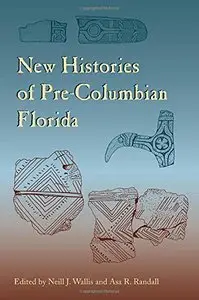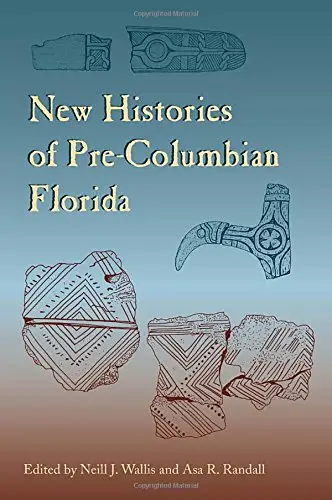New Histories of Pre-Columbian Florida (Florida Museum of Natural History: Ripley P. Bullen Series) by Neill J. Wallis and Asa R. Randall
English | 2014 | ISBN: 0813049369 | 310 pages | PDF | 29,4 MB
English | 2014 | ISBN: 0813049369 | 310 pages | PDF | 29,4 MB
“Theoretically sophisticated and empirically well-grounded. Sets a course for exciting new directions in archaeology at the edge of the American South and the broader Caribbean world.”—Christopher B. Rodning, coeditor of Archaeological Studies of Gender in the Southeastern United States
“Successfully repositions the story of Florida’s native peoples from the peripheries of history and anthropology to center stage.”—Thomas E. Emerson, author of Cahokia and the Archaeology of Power
Given its pivotal location between the Atlantic Ocean and the Gulf of Mexico, its numerous islands, its abundant flora and fauna, and its subtropical climate, Florida has long been ideal for human habitation. Yet Florida traditionally has been considered peripheral in the study of ancient cultures in North America, despite what it can reveal about social and climate change. The essays in this book resoundingly argue that Florida is in fact a crucial hub of archaeological inquiry.
New Histories of Pre-Columbian Florida represents the next wave of southeastern archaeology. Contributors use new data to challenge well-worn models of environmental determinism and localized social contact. Indeed, this volume makes a case for considerable interaction and exchange among Native Floridians and the greater southeastern United States as seen by the variety of objects of distant origin and mound-building traditions that incorporated extraregional concepts. Themes of monumentality, human alterations of landscapes, the natural environment, ritual and mortuary practices, and coastal adaptations demonstrate the diversity, empirical richness, and broader anthropological significance of Florida’s aboriginal past.



